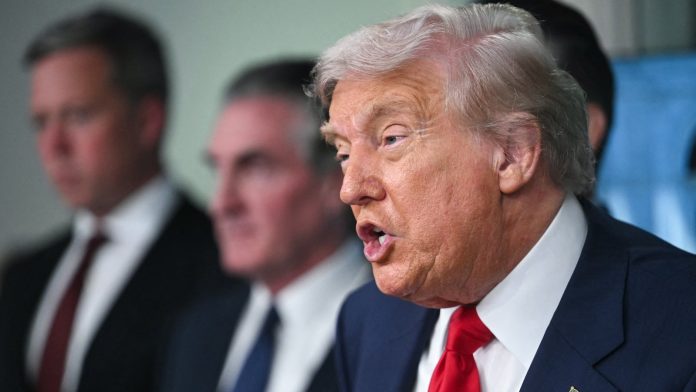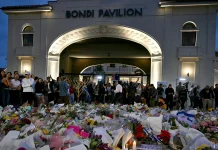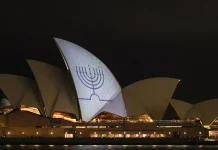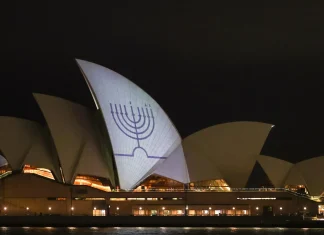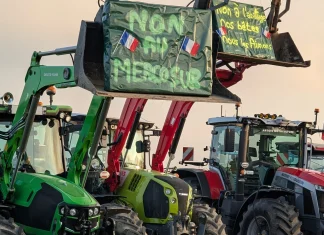Washington in the Crosshairs: The National Guard, Federal Control, and the Battle Over a City’s Soul
Imagine a city caught in the eye of a political storm, its streets painted by contention as much as by history. Washington, D.C.—the beating heart of American democracy—finds itself at a crossroads again. But this time, the forces at play are not just about policies or politics; they tug at the very fabric of power, community, and justice.
This past week, the former president Donald Trump announced an unprecedented move: deploying 800 National Guard troops to the nation’s capital and placing the city’s police force under direct federal control. The purported goal? To “re-establish law, order and public safety” in a city he described as “overtaken by violent gangs and bloodthirsty criminals.”
A Contradiction in Crime
What gives this story its complex layers is the glaring disconnect between rhetoric and reality. According to Washington, D.C.’s Police Department statistics, violent crime is at its lowest point in more than 30 years. Last year alone, violent crime plummeted by 35%, and the trend continued with a further 26% drop in the first seven months of 2025. Overall crime declined as well by 7%. For a city often stereotyped as a hotbed of violence, these numbers sweep aside the fears that have been stoked.
Muriel Bowser, the Democratic mayor of D.C., stood resolute in the face of these starkly different narratives: “Our city is not experiencing a crime spike. The safety and well-being of our residents remain a priority, and the data backs that up,” she told reporters during a press conference. The mayor’s opposition to the federal intervention echoes a broader unease about local autonomy being undermined by heavy-handed federal influence.
A Power Play with History
But why Washington? Why now? The answer lies in layers of power, governance, and a political theatre that is as grand as the city’s landmarks. The District of Columbia operates under the Home Rule Act of 1973, which is unique—a curious middle ground where residents elect their mayor and council, yet ultimate authority lies with Congress. This duality has long made D.C. a flashpoint for debates about democracy itself.
Trump’s latest gambit is an extension of his broader effort to exert federal influence over Democratic-run cities—a move seen by many as a deliberate escalation. By invoking a clause in the Home Rule Act that allows the president to temporarily step in during a declared emergency, he has placed the Metropolitan Police Department under federal command, overseen by Attorney General Pam Bondi.
Talking to Pete Hegseth, Defense Secretary and an outspoken Trump ally, one senses the fervor behind the decision: “This isn’t about politics; it’s about protecting American citizens from chaos, no matter where it appears.” But officials across the aisle and many D.C. residents see it differently—a power grab draped in fear-mongering.
Voices from the City
Walking through the vibrant neighborhoods of Shaw and Columbia Heights, the pulse of the city is unmistakable. The streets hum with life—families gather at local markets, street musicians add rhythm to the sidewalks, and mural walls tell stories of resilience. Yet, the political drama feels close, palpable.
“It’s like they think we’re living in the Wild West,” says Jasmine Rodriguez, a community organizer who has lived in the city for two decades. “We want safe streets, but that doesn’t come from tanks and troops. It comes from trust, investment in our neighborhoods, and respect for local leadership.”
Her perspective is echoed by retired police officer Leonard Matthews, who warns of unintended consequences. “Deploying the National Guard is a blunt instrument. It might create a spectacle, but community policing—real connection—is what prevents crime.” Matthews also points to the looming tension between federal agents and local residents, recalling the tense months after the 2020 protests that roiled the city.
Federal Funds and Strange Ironies
Ironically, while the federal government sends troops to restore order, its own agency, the Federal Emergency Management Agency (FEMA), has slashed security funding for the National Capital Region by $20 million this year—a 44% drop from 2024. The region encompasses not only Washington but also neighboring Maryland and Virginia, areas deeply woven into the daily life of the capital’s workforce.
Experts like Dr. Anjali Mehta, a policy analyst focusing on urban crime and governance, call the discrepancy puzzling—and emblematic of conflicting priorities. “On one hand, you have an expansion of federal presence and authority; on the other, a withdrawal of essential funds that support community safety programs. It raises questions about the true strategy and commitment to the city’s well-being.”
The National Guard and a History of Tensions
This is not the first time the National Guard has been deployed to Washington during moments of unrest. The shadow of January 6, 2021, looms large, when the Guard’s presence marked an attempt to quell a violent insurrection that shook the nation’s democratic foundations.
Yet, deployments like these also carry baggage. In 2020, during nationwide protests after George Floyd’s murder, the Guard’s involvement in Washington became a flashpoint for accusations of militarized policing and civil rights violations. Civil rights leaders condemned the move, and the mayor herself openly opposed it.
Amid these memories, questions swirl as to whether a heavy military presence can ever rebuild trust—a lesson that echoes far beyond Washington’s borders.
Crime, Politics, and a Nation’s Reflection
At its core, this saga is about more than just Washington or National Guard troops. It’s about how we define safety, who gets to make those decisions, and the narratives that shape public perception. Trump’s history with tough-on-crime rhetoric stretches back decades—famously marked by controversial moments like his stance on the Central Park Five case in the late 1980s, a reminder of how crime and race have been weaponized in American politics.
Could this federal takeover in Washington be a revival of that old playbook? Is fear of crime being used as a tool to recalibrate power in a city populous and diverse, yet still lacking full representation in Congress? And what does this say about national unity when capital city governance becomes a battleground for ideological wars?
Questions for Us All
As you read this, consider—what is the price of security? How do communities thrive without autonomy? When does protection cross into control?
Washington’s story right now is a deeply human one, filled with hope, struggle, and uncertainty. It invites us to look beyond headlines and statistics and peer into the lives of those who walk its avenues, who dream of a city safe not because of force, but because of fairness and solidarity.
So, what do you make of this federal intervention? Is it a necessary safeguard or an overreach? And more broadly, how does the balance between local autonomy and federal oversight shape the democratic ideals we hold dear?
Washington’s quietly changing crime statistics reveal progress. Yet, the drama unfolding on its streets and in its corridors of power suggests that the city remains, forever, the heart of an evolving American story—one that challenges us all to rethink what law and order truly mean.


